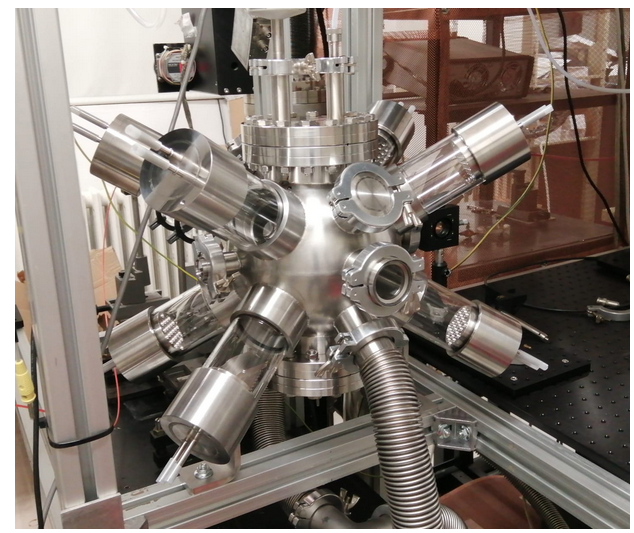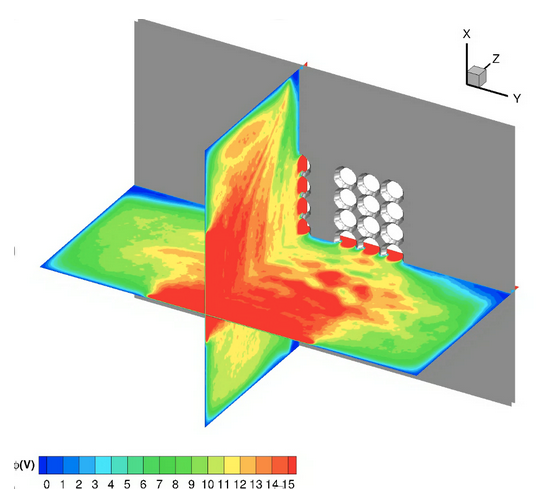RESEARCH UNIT: ISTP-Milano
WP LEADER: GIORGIO DILECCE
Creation of 2 facilities (experimental and numerical) based on the expertise of the Bari group in the diagnostics and modelling of non-equilibrium plasmas.
Experimental activities
We shall set up a laboratory facility where optical diagnostics can be tested, improved, adapted to the final user’s demands, on dedicated lab-scale test plasmas that can run continuously the experiment. Three independent stations will be implemented:
- Laser Induced Breakdown Spectroscopy (LIBS) for the in-situ elemental analysis of surface modifications; deployment of a laser diagnostics for surface analysis in connection with the plasma-surface studies of the GYM installation of WP7. Here, the application of a femtosecond laser will be tested, and compared to the performances of a nanosecond laser tested in the companion WP7.
- Optical Emission Spectroscopy (OES) with the aim of supporting the plasma edge emission spectroscopy of WP3 and testing CR models of hydrogen plasmas (WP9 numerical activity).
Laser Induced Fluorescence (LIF) with focus on the measurement of collisional rate constants for electron impact quenching of electronically excited stated in support of CR models and on support to LIBS technique.
Numerical activities
The Computational activities (link to HPC laboratory) will pursue three objectives:
- Numerical simulation of the negative ion source for neutral beam injection (NBI) system for nuclear reactor, with the development of a three-dimensional kinetic Particle-in-Cell (PIC) code;
- Collisional-Radiative (CR) model for the interpretation of the emission spectra of Hydrogen atoms and of the Fulcher band of molecular Hydrogen applied to support the analysis of spectroscopy measurements;
- Numerical simulation of plasma-wall interaction in the Divertor region. A 2D PIC model of the space-charged region attached to a divertor wall will be implemented to study the plasma-wall interaction and assess the heat plasma flow and ion sputtering induced by the plasma.
This modelling facility will project its work beyond the present project, in close connection with the experimental activity in the infrastructure, along four topical areas: i) calculation of state selective cross section for elementary processes in bulk and surface; ii) plasma-gas coupling and plasma-wall interaction; iii) control of plasma-external power coupling, iv) coherent structures in magnetized plasma.
This WP concerns the creation of a new laboratory at ISTP-Bari devoted to the development, test and calibration of optical, emission and laser-aided diagnostics, together with a computational laboratory. In particular, the experimental test facilities will be related to plasma exposed material measurements and optical edge diagnostics. A specific laboratory will boost the development of diagnostic techniques, with dedicated lasers, detectors and and small lab-scale testing facilities. The availability of sophisticated instrumentations will strongly improve the quality of the measurements in RFX-mod2 and in BiGyM, and could also be useful to other RI, including DTT, and virtually all plasma devices, with the possibility of attracting research investments well beyond the duration of the project.
 English
English  Italiano
Italiano 

